The data storage technology is developing by leaps and bounds: only ten years ago 250 Gb of information seemed to be something enormous but today almost every computer user has a drive of 1 Tb. Information surrounds us everywhere, so we can’t even imagine how to exist without it. In this article, I will tell you about the storage devices evolution.
-
Punched cards and punched tapes
Punched cards appearance is connected with the developing automated production – there was a need to program machine-tools. At that time binary language appeared: 0 meant “turn off”, 1 – “turn on”. A punched card (a sheet of cardboard) was divided into a certain number of cells, some of them were punched and some not.
Later punched cards were replaced by punched tapes that could be read faster. But they had a serious disadvantage – poor resistance of punched tapes was.
-
Magnetic tape
Magnetic storage devices have become a new generation after paper ones. At first, it wasn’t a magnetic tape, but a specially magnetized wire. By the way, this type of storage has been used in the plane’s black boxes for a long time, and only recently it has been replaced by flash memory. Later, the magnetic tapes replaced the magnetic wire. The mechanism of recording to such a tape is similar to punching: a magnetic tape is divided into several parts (tracks) some of which are magnetized passing through the magnetic recording head. The magnetized section is read as 1, not magnetized – as 0.
-
Floppy disks
Floppy disks were invented after magnetic tape. Such a disk was a circle of dense flexible plastic with a magnetic layer on the surface. These disks were popular on the storage devices market till the middle of the 2000’s.
-
Hard drives
Hard drives also belong to magnetic devices. The first hard drive was created by IBM in 1956. Its capacity was 3,5 MB and it was considered to be a huge storage. The form factor of the first hard drive was comparable with a big refrigerator and its weight was about a ton.
The main components of a modern hard drive are rotating magnetic platter, a read/write head, and a controller board. Maximum capacity of a drive that can be bought almost in any computer shop at the moment of the article writing (2018) is 12 TB.
The main disadvantage of hard drives is that they are prone to mechanical damage – a fall to the floor can easily lead to irreparable damage.
-
Flash memory
This type of memory is used in memory cards, USB flash drives and Solid State Drives. These devices are small and simple to use (no cables and additional power supply). Often flash drives are used in digital portable devices like a photo and video cameras, smartphones.
A significant drawback of these devices is the limited number of recording cycles to the storage.
-
NAS devices
Network Attached Storage device is a quite modern device for data storage. Despite the fact the first prototype appeared in 1984, among home users, these devices have become popular not so long time ago.
Usually, a NAS device consists of several drives (typically 3-10) combined into a single storage. A user accesses the data via the network.
In addition to the ability to create single storage of several disks, these devices usually protect the user from data loss and provide a significant performance increase in comparison with a single hard drive.
-
Cloud storage
With the widespread use of high-speed Internet some services allowing you to store data “in the cloud” appeared. Now you are not obliged to have any physical device which stores your data, now you can access the files, wherever there is the Internet connection. The advantage of such storage services is the ability to integrate with mobile devices and computers – that is, you do not need to manually upload data to the cloud, the synchronization is configured automatically.
-
Expert opinion
I asked ReclaiMe Data Recovery, one of the leading companies on the data recovery software market, a question about future changes in data storage and reliability of the devices. Here’s the answer of Elena Pakhomova, the Co-Founder: “It is quite difficult to determine the way how we will store the data even in 5 years but we would really like that everything does not change so quickly. A couple of years ago we mostly dealt with typical drives, but today we face data recovery from NAS devices of many terabytes every day. Recently there has been few file systems, but now we work not only with file systems but even with hybrids of a file system and a disk drive. Every new technology remains good until it works. Usually, the newer, the more difficult the technology is. Talking about the reliability of the devices, every device is reliable if you have an up-to-date backup”.

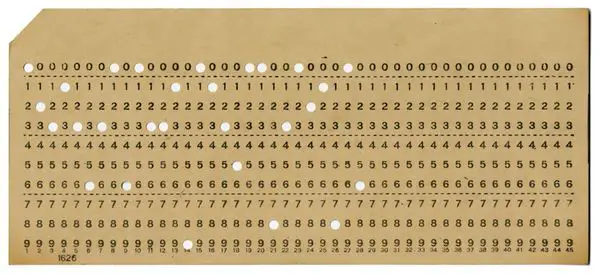
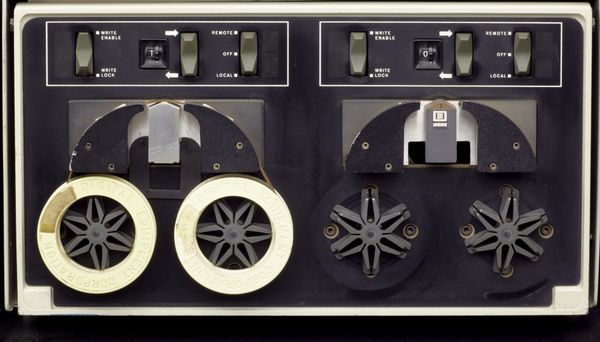
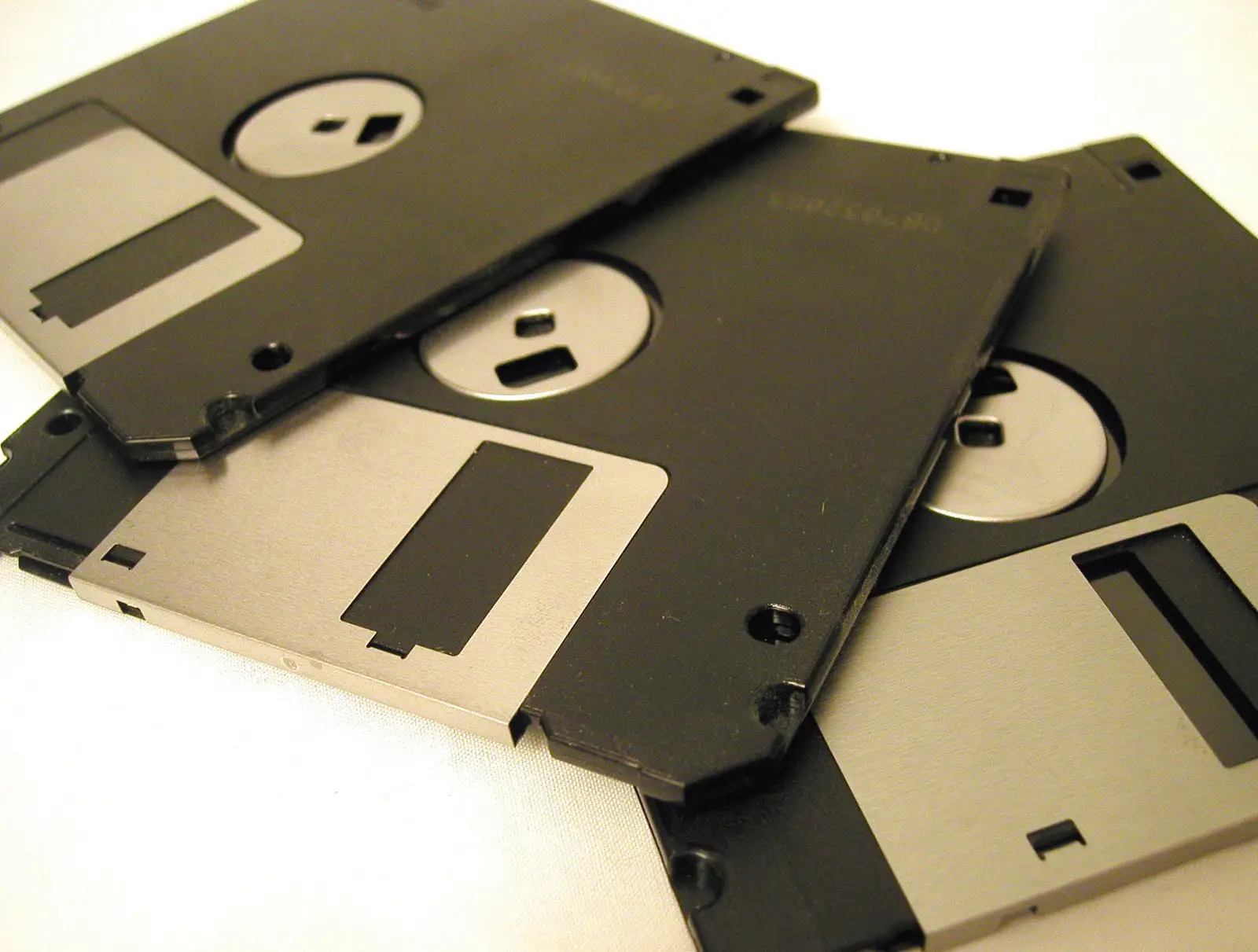
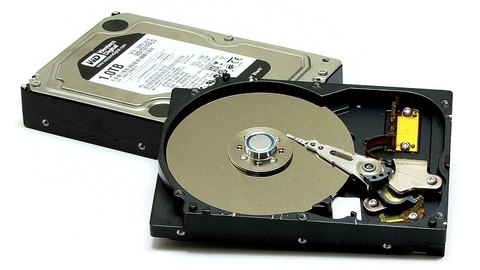
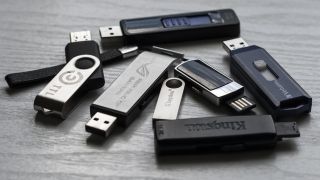
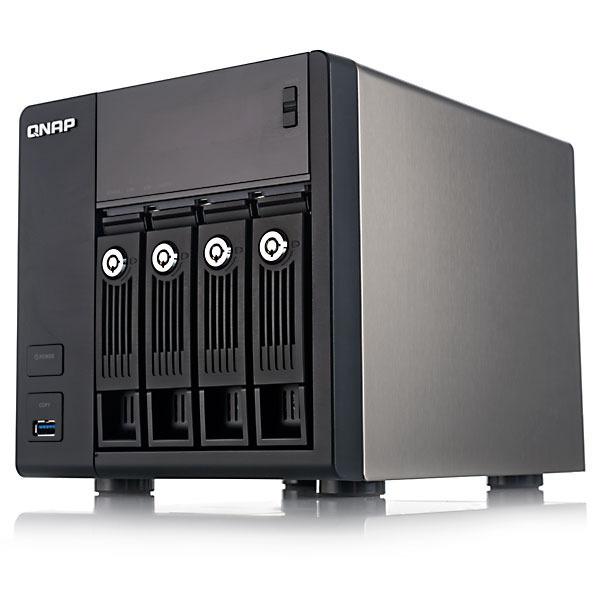

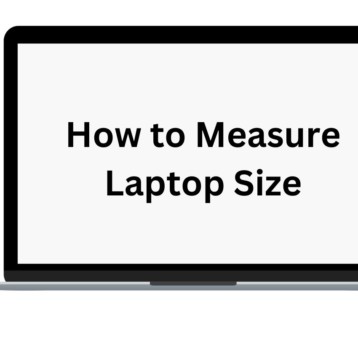





![How to Download Apps on Hisense Smart TV [All Models]](https://thefutureofthings.com/wp-content/uploads/2024/01/Hisense-Smart-TV-1-358x358.png)

